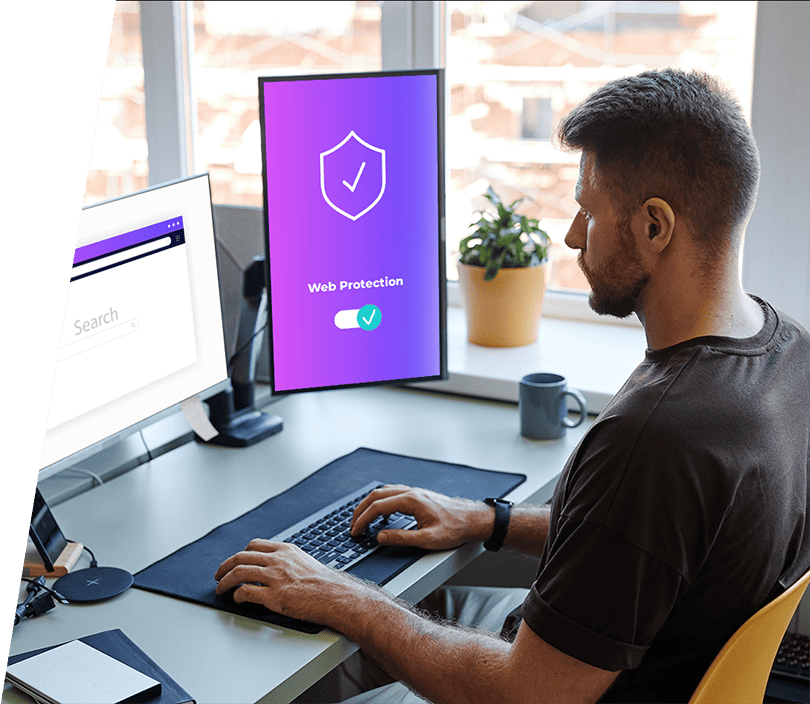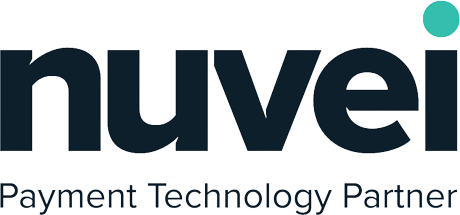SOC as a Service
Best-in-class security tools and professional services to replace or complement your Security Operation Center.

Go Beyond Legacy Solutions
We at GlobalDots hunt for the most cutting edge and relevant technologies out there.
Once tested and found qualified we bring you the most certified innovative products out there for every pressing use case.

GlobalDots Enables Full Ecosystem Protection
 SOC Service Onboarding
SOC Service Onboarding
Our engineers enable the service with SIEM & DevOps integration, to allow full visibility of the third-party SOC team into relevant applications.

Your assets are monitored around-the-clock by Web Engineers, CDN & Web Application Firewall (WAF) experts, with ongoing hands-on-keyboard support on tier 1-3 issues.

 Innovative Security Solutions
Innovative Security Solutions
We implement third-party solutions that safeguard your entire working environment, not just your Cloudflare workloads, including our new, advanced Public Cloud Security Stack.

 All-in-One Professional Services
All-in-One Professional Services
Including: custom developments & configurations to optimize your CDN suite, cloud infrastructure design & redesign, planning & execution of CDN migration or multi-CDN strategies.

-
What is the SOC as a service?
SOC as a Service (SOCaaS) is a comprehensive, subscription-based model that provides organizations with outsourced security operations center (SOC) capabilities. This service encompasses a suite of tools, processes, and skilled security professionals who monitor, detect, analyze, and respond to cybersecurity threats in real-time. With the rapidly evolving threat landscape, maintaining an effective cybersecurity posture requires continuous vigilance and specialized knowledge. SOC as a Service addresses these needs by offering an agile, cost-effective, and expert-driven approach to threat management, enabling organizations to focus on their core business activities while maintaining a fortified security stance. This model helps bridge the talent gap and technology barriers in cybersecurity, providing a holistic solution that adapts to an organization’s growth and evolving threat environment. Infact, the key benefits are:
- Expertise on Demand: Access to specialized security analysts without the overhead of recruiting and maintaining an in-house SOC.
- Cost Efficiency: Reduces the investment needed for building infrastructure, hiring talent, and maintaining tools.
- Scalability: The service adapts to the organization’s needs, scaling up or down as required.
- Advanced Threat Detection: Providers often employ the latest threat intelligence, machine learning, and behavior analytics to detect complex and emerging threats.
SOCaaS is particular indicated for use cases like:
- SMBs: Small to medium-sized businesses that lack the resources for a dedicated, internal SOC can leverage SOCaaS for robust security monitoring and response.
- Enterprise Supplement: Large organizations might use SOCaaS to supplement their in-house SOC, particularly to handle after-hours coverage or additional expertise during incidents.
- Regulatory Compliance: SOCaaS providers can assist organizations in meeting compliance standards like ISO 27001, PCI-DSS, GDPR, etc., by ensuring consistent monitoring and reporting.
This thanks to its core functionalities:
- Continuous Monitoring: SOCaaS providers use advanced threat detection and monitoring tools (e.g., SIEM and EDR) to track network traffic, endpoints, and user activities 24/7.
- Threat Detection and Response: Teams of security analysts and incident responders assess potential security incidents, triage alerts, and take action to mitigate threats.
- Threat Intelligence Integration: SOCaaS often integrates threat intelligence feeds to enhance the accuracy of detections and provide contextual insights into evolving attack vectors.
-
What is the difference between SOC as a service and managed SOC?
Traditional (or managed) SOCs are often suited for larger enterprises with sufficient budget and resources to manage an in-house team and infrastructure. They provide complete control over operations but come with higher costs and complexity. SOC as a Service, on the other hand, offers a flexible, cost-effective, and expert-driven alternative that suits organizations looking for comprehensive security without the challenges of managing it internally. This model is particularly advantageous for SMBs, enterprises needing augmentation, or those seeking agility and rapid scaling of their security operations.
A traditional SOC is typically an in-house or co-managed operation that requires physical infrastructure, dedicated facilities, and substantial investment in security tools and technologies. The organization needs to set up and maintain the entire tech stack (e.g., SIEM, EDR, NDR), as well as manage updates and integrations. SOCaaS, instead, is cloud-based and delivered as a subscription service. It requires no physical infrastructure from the organization’s side, as the service provider manages the entire backend infrastructure, tools, and technologies. This model is more flexible and can be quickly deployed without the significant upfront costs associated with a traditional SOC. SOCaaS operates on a subscription-based or pay-as-you-go model, which spreads costs over time and offers predictable expenses. This model eliminates the need for substantial upfront investments and reduces operational overhead, making it more cost-effective for many businesses.
-
What is the difference between SOC as a service and SIEM as a service?
SOC as a Service is a broader and more inclusive offering that provides a complete, managed solution encompassing technology, processes, and skilled personnel to handle security operations end-to-end. SIEM as a Service, on the other hand, is a more focused solution that provides advanced data collection, correlation, and alerting, but relies on the organization’s internal resources for analysis and response. Indeed, It focuses on collecting, aggregating, and correlating security data from various sources to provide insights and alerts. SIEM as a Service offers advanced logging, threat correlation, and alerting but does not include response capabilities or human expertise for triaging and responding to threats.
Organizations that need an all-in-one managed service should consider SOCaaS, while those with existing security teams who need enhanced visibility and correlation capabilities can leverage SIEM as a Service. As a comprehensive managed service, SOCaaS often comes at a higher cost than SIEM as a Service due to the inclusion of human resources, ongoing monitoring, and incident response. However, it significantly reduces the internal staffing and resource burden on the organization.
-
Why do you need SOC compliance?
SOC compliance demonstrates to external auditors, investors, and partners that the organization takes cybersecurity seriously and has undergone rigorous third-party assessments to validate its practices. SOC compliance is essential for organizations seeking to strengthen their security posture, build trust with clients, and demonstrate their commitment to maintaining high standards in their security operations. It’s not just about meeting regulatory requirements; it’s a strategic approach that strengthens an organization’s overall security posture, instills trust with clients and partners, enhances operational efficiency, and ensures risk management best practices are in place. For organizations, particularly those in data-intensive sectors, achieving and maintaining SOC compliance is an essential step to staying competitive, secure, and aligned with industry expectations. There are currently 3 types of SOC compliance, which are:
- SOC 1: Focuses on the internal controls over financial reporting. Organizations that handle financial data need SOC 1 compliance to prove their security practices safeguard financial processes
- SOC 2: Centers on the five “Trust Service Criteria”: security, availability, processing integrity, confidentiality, and privacy. SOC 2 compliance is essential for any service organization that processes customer data, as it demonstrates comprehensive controls across key areas.
- SOC 3: Similar to SOC 2 but intended for broader distribution without disclosing detailed control descriptions. It’s often used as a general attestation for public assurance.















